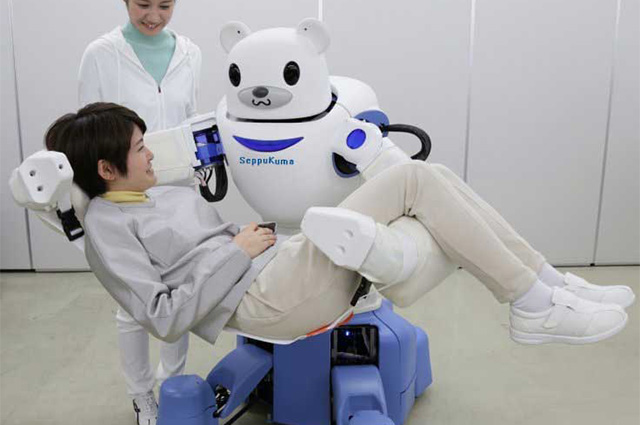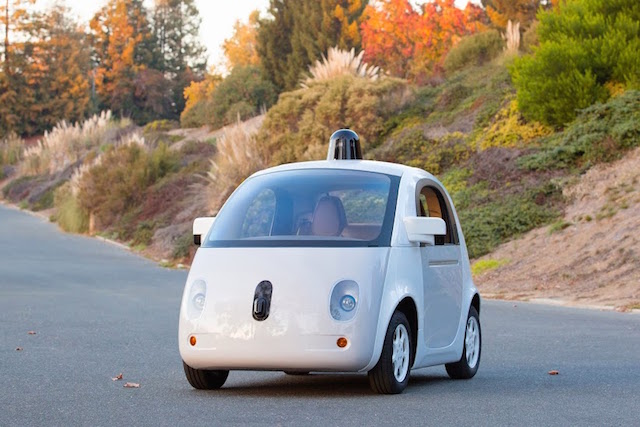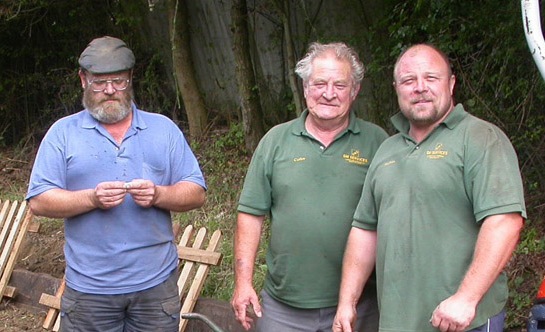That automation is having a profound impact on existing jobs is beginning to be appreciated by governments. A study by the New South Wales government’s Parliamentary research service examines what the effects will be on the Australian state’s economy.
Like equivalent overseas studies, the report finds over half the state’s jobs – a total of 1.5 million positions – could be at risk from computerisation.
An interesting aspect of this is the bulk of the impacts being felt in the mining, construction and logistics industries. While there’s no doubt those sectors will be hard hit, particularly for lower skilled workers, the assumption is higher level positions in management and supervisory roles won’t be as greatly affected.
Examples of this include ‘professionals’ only being at a 4.6% risk of being displaced and ‘General Managers’ at 5.0%. This compares to labourers at 96.1% and 95.7% of ‘filing and registry clerks’ losing their jobs.
While there’s no doubt the lesser skilled roles are at immediate risk, and have been for decades, the rise of artificial intelligence and business automation are increasingly going to put management roles at risk.
Quibbles aside, the report is a good read on the impacts of automation and computerisation on what has been one of the western world’s more successful economies.
The hollowing out process of Australia’s middle classes it describes show that phenomenon is not just confined to the United States and this probably creates the greatest challenge to politicians as populists seek to blame foreigners and minorities for much of the population’s declining fortunes.
Almost every government in the world is facing these issues and the efforts of public servants and economists to accurately describe what’s happening has to be applauded and encouraged.
For voters and workers, reading these reports to understand the forces changing their industries and communities is essential to making informed choices at the ballot box and the workplace.
Similar posts:



